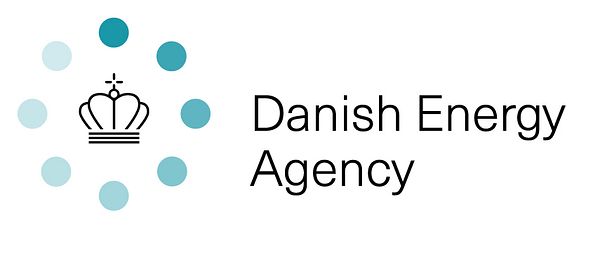Press release -
Drop in energy consumption and self-sufficiency rate
Press Release:
Denmark’s gross energy consumption fell in 2013 to the lowest level in 30 years. But 2013 also saw Denmark return to being a net importer of energy.
Adjusted gross energy consumption, which describes the underlying trends, dropped by 2.4% in 2013 to 763 PJ. Such a low level has not been seen since 1981-1983. At the same time there was an even larger drop in oil and gas production in the North Sea, so Denmark is now again a net importer of energy. This appears in the Energy Statistics 2013, which were published by the Danish Energy Agency today (in Danish only, the English version will be published in 2015).
Energy intensity continues to fall
As gross domestic product (GDP) fell by 0.5% in 2013, the falling energy consumption meant that energy efficiency improved by 2% last year. Energy efficiency improvements over the past two decades mean that each unit of GDP required 33.2% less energy in 2013 than in 1990.

Slight increase in observed energy consumption
Observed Danish energy consumption increased in 2013 by 0.3% to 759 PJ. This increase is because net Danish imports of electricity were considerably less than in 2012, when imports were unusually high.
Drop in energy consumption for transport
Energy consumption for transport was 1.2% lower in 2013 than the year before. Among other things, the drop covers a drop in energy consumption for road transport of 1.6%.
Total climate-adjusted energy consumption by agriculture and industry fell in 2013 by 2.4%. In the commercial and public services sector and households, climate-adjusted energy consumption fell by 0.2% and 0.4%, respectively, in 2013.
Increasing consumption of renewable energy
Consumption of renewable energy increased in 2013 by 3.4% to 187 PJ, due to increases in consumption of wood waste, straw, wind-power and solar energy. According to the EU method of calculation, renewables accounted for 26.7% of energy consumption in 2013, against 26.0% in 2012.
At the same time, electricity production from renewable energy plants accounted for 46.7% of domestic electricity supply in 2013, of which wind power contributed 32.5% and photovoltaic solar modules supplied 1.5%.
Increase in emissions of CO2 and other greenhouse gases
Observed CO2 emissions from energy consumption increased by 4.2% to 41.6 mill. tonnes in 2013. Adjusted for fuel consumption linked to foreign trade in electricity, and fluctuations in climate, CO2 emissions fell by 3.8%. Since 1990, adjusted CO2 emissions have been reduced by 31%.
Using calculations based on the new guidelines from the Intergovernmental Panel on Climate Change, which will apply from 2015, Danish emissions of greenhouse gases as adjusted for electricity trade are 20.3% lower than the observed emissions in the baseline year (1990/95).
Denmark net importer of energy in 2013
Danish production of crude oil, natural gas and renewable energy etc. fell by 10.8% in 2013 to 709 PJ. Production of crude oil and natural gas fell by 13% and 17% respectively. For the first time since 1996, Denmark is importing more energy than it exports. The Danish degree of self-sufficiency for energy was 93% in 2013 compared with 102% in the previous year. This means that energy production was 7% lower than energy consumption in 2013.
Contact: Ture Falbe-Hansen, Head of Media Relations, tel. +45 3392 6856, Cell: +45 25 13 78 46, e-mail tfh@ens.dk or Jane Rusbjerg, Special Adviser, tel. +45 3392 6836, e-mail: jru@ens.dk.
Danish version of Energy Statistics 2013
Jane Rusbjerg
Specialkonsulent
Center for Klima og Energiøkonomi
Tlf.: 33 92 68 36
jru@ens.dk
Ture Falbe-Hansen
Pressechef
Center for Organisation
Tlf.: 25 13 78 46
tfh@ens.dk
Topics
- Business enterprise, General
